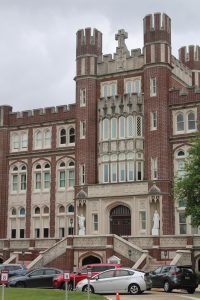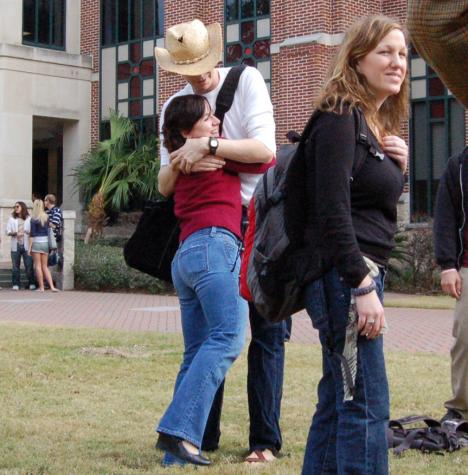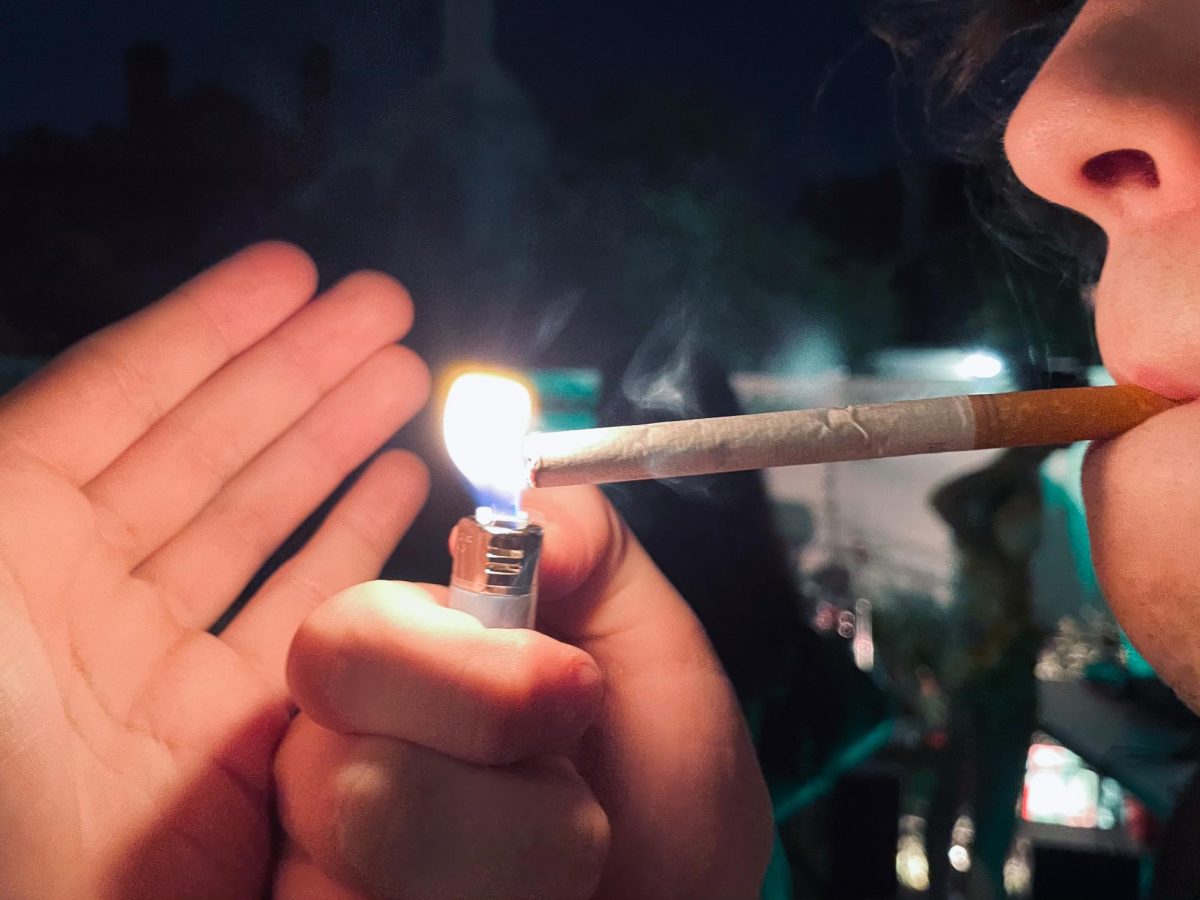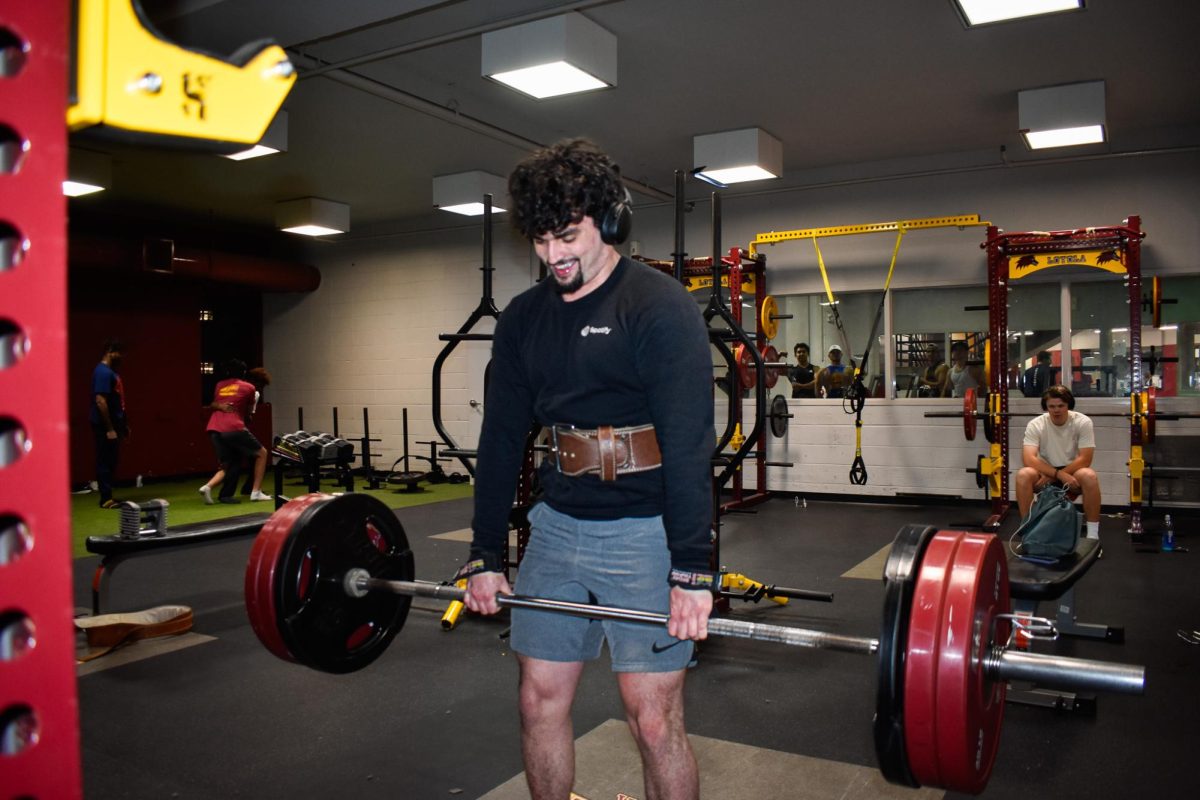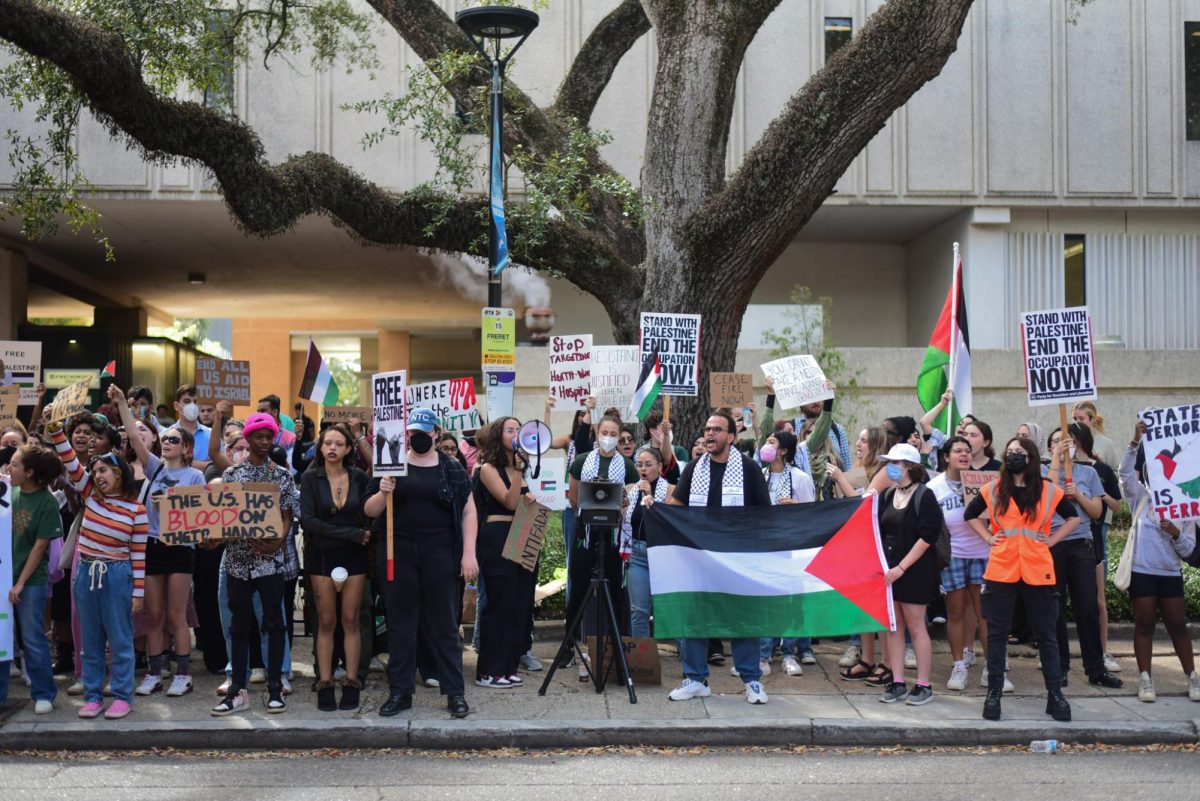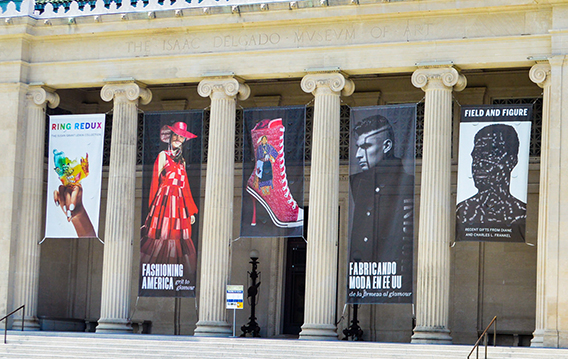After a semester spent in places as variant as Georgetown and Aruba, Loyola students, faculty and staff began the spring semester on Monday.Students screamed and hugged at Swamp Stomp, celebrated convocation with their professors and reflected on what has been lost to the storm during an emotional, candlelight ceremony.
Although the Loyola community faces unprecedented challenges, students and administrators alike expressed joy to be here.
Ninety percent of the undergraduate student body returned, according to Loyola’s Web site. While many accepted the generosity of other universities, some took the semester off to help the hurricane relief effort.
Nick DiCrosta, history senior, volunteered at the CajunDome and later for the Salvation Army.
Within a week of the storm he flew from Houston to Lafayette with his friend Mike Richmond, psychology junior.
“There were 3,000 evacuees, and it was a mess,” he said. “Nobody knew what was going on. … They were taking anyone who was willing to lend a hand.”
DiCrosta visited New Orleans in mid-September and found conditions less than pleasant.
“It was brutally hot, bugs, no electricity. It smelled awful everywhere; it smelled like stinking death, that’s what it smelled like. If you left a piece of cheese out in the sun for two weeks,” he said. “Oh man, it was nasty.”DiCrosta said the hardest part of his visit was calling a good friend to let him know there was “nothing salvageable” in his apartment.
DiCrosta and Richmond camped in a car until Hurricane Rita forced evacuees out of the CajunDome.
“At that point, we’re like ‘screw it – let’s go back to New Orleans,'” DiCrosta said.
They worked for the Salvation Army in LaPlace, handing out boxes of donated supplies, and DiCrosta said volunteering was an affirming experience.
“The people never lost their spirit – they were so grateful just to get a pair of socks,” he said. “I know it’s kind of cliché, but it really did bring out the best in people.”
While the storm still looms large in the campus conscience, the university is turning its attention to the opportunities of the new semester.
Many students expressed a desire to give back to the city through community service, and Loyola is already contributing to the renewal through faculty expertise and student-driven campus groups.”We’re very active and involved,” said University President the Rev. Kevin Wildes, S.J. “We’ve got lots of people actively involved in the rebuilding committees and they have been for months.”
The Loyola University Community Action Program has several students sitting on the Health and Human Services subcommittee as part of the Bring Back New Orleans Committee.
LUCAP chair Jacob Steubing, sociology senior, said that Katrina presents LUCAP with a huge array of social justice issues. He said the biggest issue facing the poor in New Orleans is housing, though employment and environmental justice are also critical.
LUCAP has several upcoming events, including today’s “Party With A Purpose” and a community service day on Saturday.Student Government Association President Michelle Clarke, communications senior, said she hopes students actively participate in the city’s recovery.
“We’re just trying to get opportunities for our students to help rebuild the Greater New Orleans area,” she said. “We’re focused on bringing back Loyola, but also bringing back the city that we’re in.”Clarke said that the biggest challenge last semester was a lack of communication.
“I was in constant contact with Father Wildes and the administration, but it was really hard, especially in the beginning, to get the word out to the student body,” she said.
The inability to reach students or potential applicants was cited as the biggest obstacle by most administrators, including the heads of Academic Affairs, Student Services and the Office of Admissions.
Debbie Stieffel, dean of admissions, said her office was unable to electronically reach potential applicants during September and October and was unable to sponsor a telecounseling program, when Loyola students talk to high school seniors about their experiences at Loyola.Stieffel said she is optimistic despite fewer applications than in past years.
“We think we can meet our enrollment goals even with a smaller pool,” she wrote in an e-mail to The Maroon.
The decline in applications is not Loyola’s only problem. Because 73 percent of the university’s revenue is from tuition, closing for a semester means the school will face financial challenges.
Vice President of Finance Rhonda Cartwright said that it is impossible to say exactly what the deficit will be because enrollment numbers are uncertain. In an e-mail to The Maroon, she wrote that the university’s target is a 15 percent savings in salaries and a 20 percent savings in operating costs.
To that end, Loyola eliminated 76 staff positions. They also instituted a hiring freeze on part-time or non-tenured faculty, Vice President and Provost Walter Harris said. He added that the tenured faculty have “very willingly” agreed to take on a larger load of coursework to make up for the loss of part-time colleagues.
Harris said the university is phasing out a few programs, such as the Loyola Intensive English Program for international students, but he hopes academic quality will improve in the wake of Katrina.
“I do think the effects of Katrina will serve as a living, learning lab,” he said. “We are taking advantage of this opportunity while maintaining the quality of education.”
Student Affairs has cut almost a fifth of its salary and operating budgets. Because the school did not charge students an athletic fee, Harris said the athletic department is having trouble “staying afloat.” But like Stieffel, he is optimistic.
“I think in the short term, meaning over the next five years, we will probably be continuing to have budget challenges … but I think we will recover quickly because we’re an attractive university, and we will be bringing in resources very soon.”
Administrative problems aside, every student interviewed said that they were happy to be back.
Public relations sophomore Cat Haro said that though missing a semester presents challenges, it is “amazing” to be back at Loyola after a semester at the University of Louisiana Lafayette.
“It’s awesome. It’s great to see everyone back out in the quad,” she said. “Being a small school … you really have a relationship and a sense of community with people even if you don’t know them.”
Matt Simmons, communications senior, agreed with Haro, saying he missed the close-knit nature of Loyola.
“I just really missed the real sense of being home that Loyola gives you … it’s like a home, and it’s like a family,” he said.
Clarke classified her return to Loyola as “fabulous” and said she is not the only one happy to be here.
“It’s a great feeling, especially the spirit on campus – everyone’s excited to be back,” she said.
Kelly Brown can be reached at [email protected].
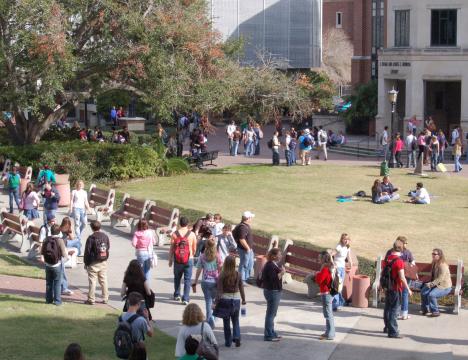
The Peace Quad is filled with students on the first day of classes (Alethia Picciola)





